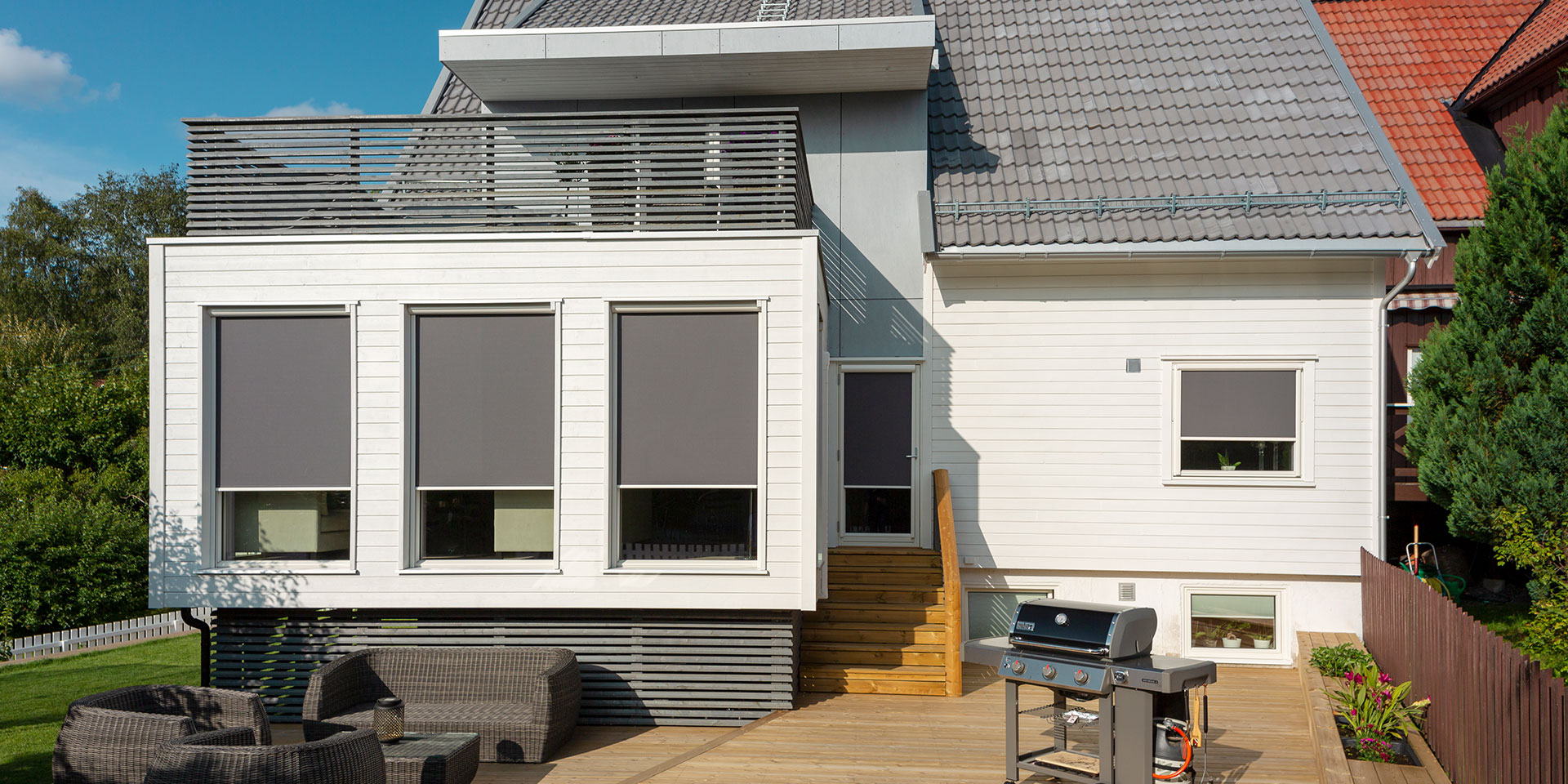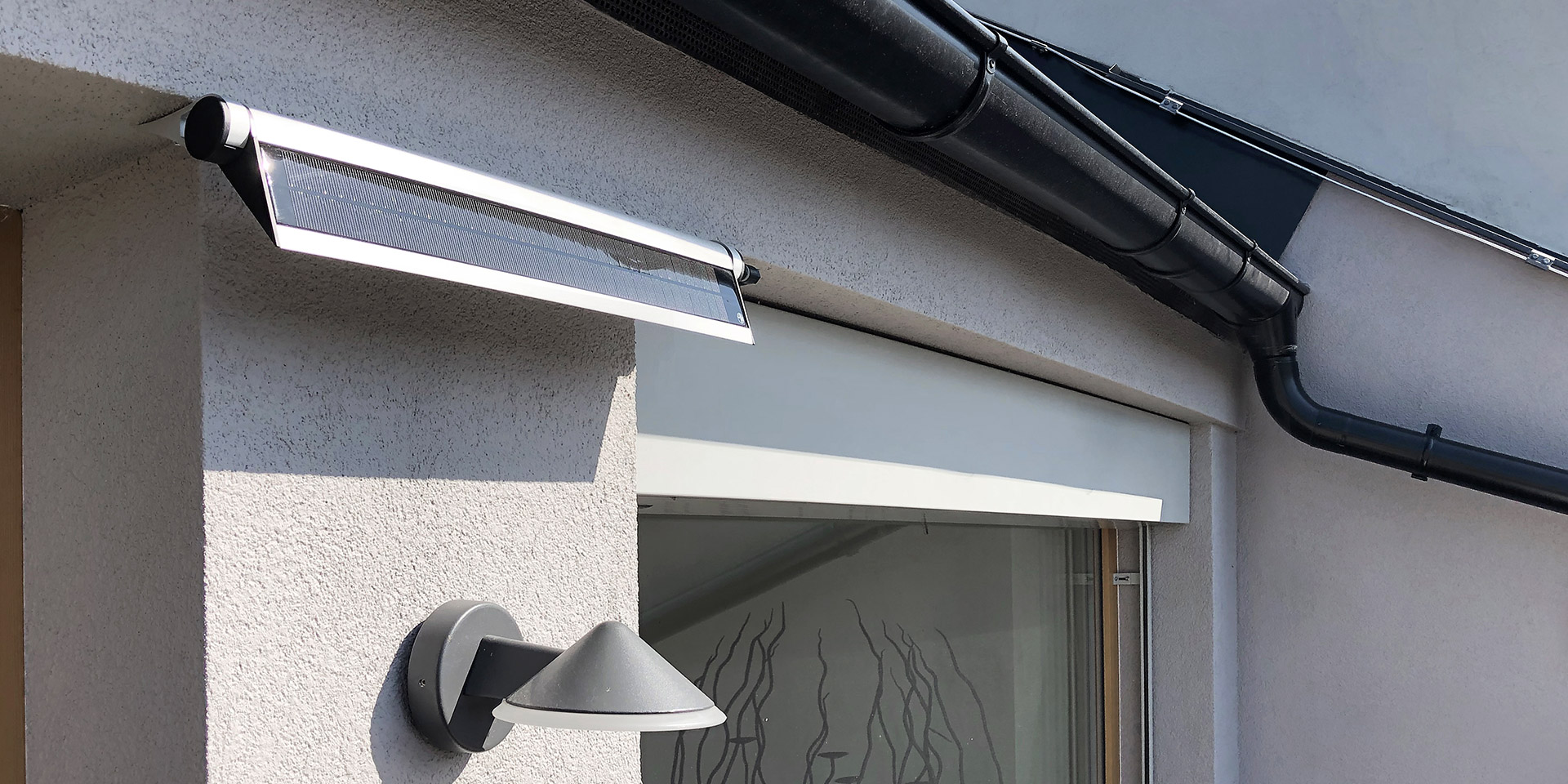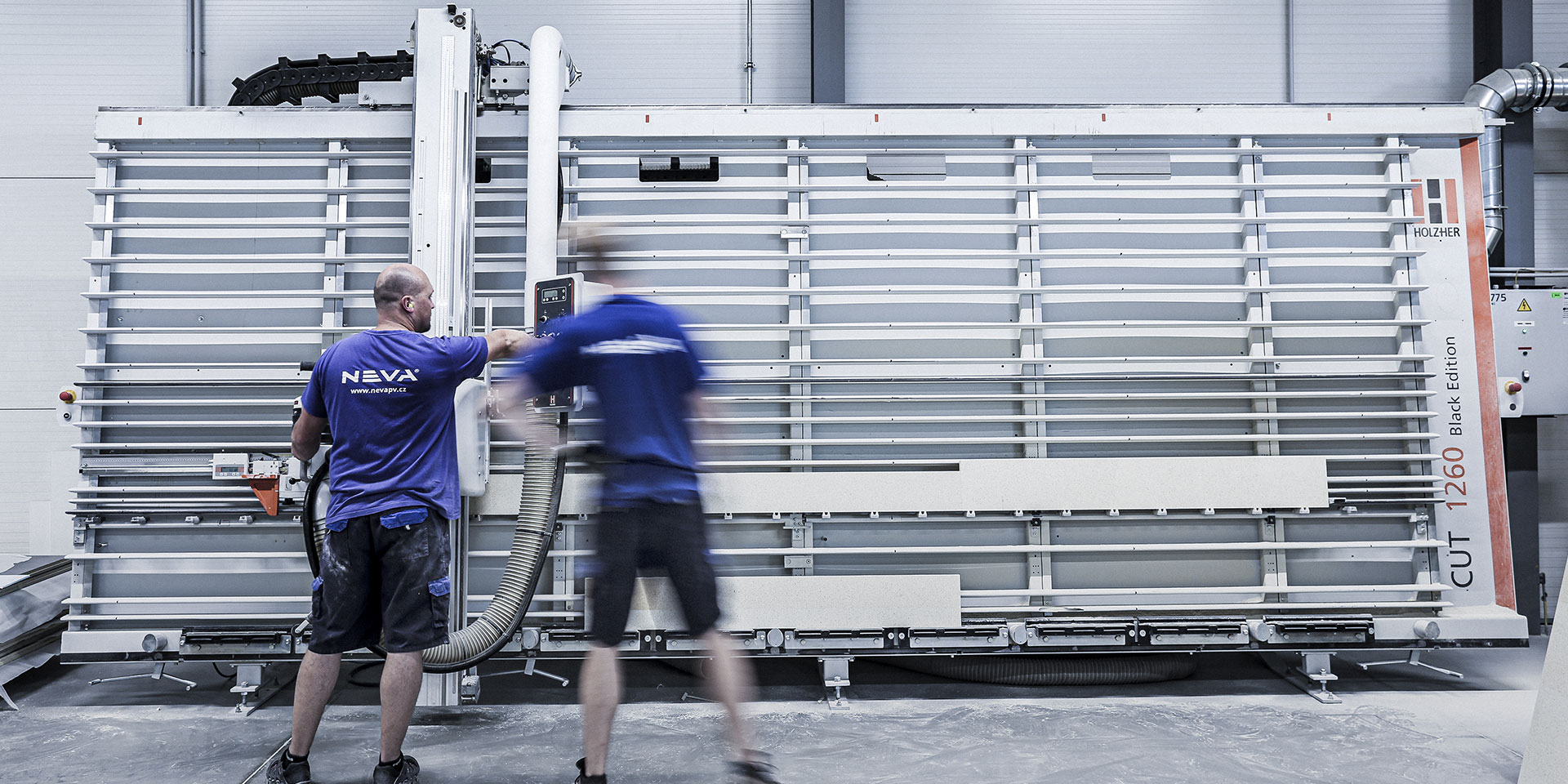Material crisis in 2021: Are we producing enough blinds at NEVA?
There is a material shortage on the market. The crisis has affected most industries, and our production hall is no exception. How did and does the shortage of PVC, aluminium or chips affect us?
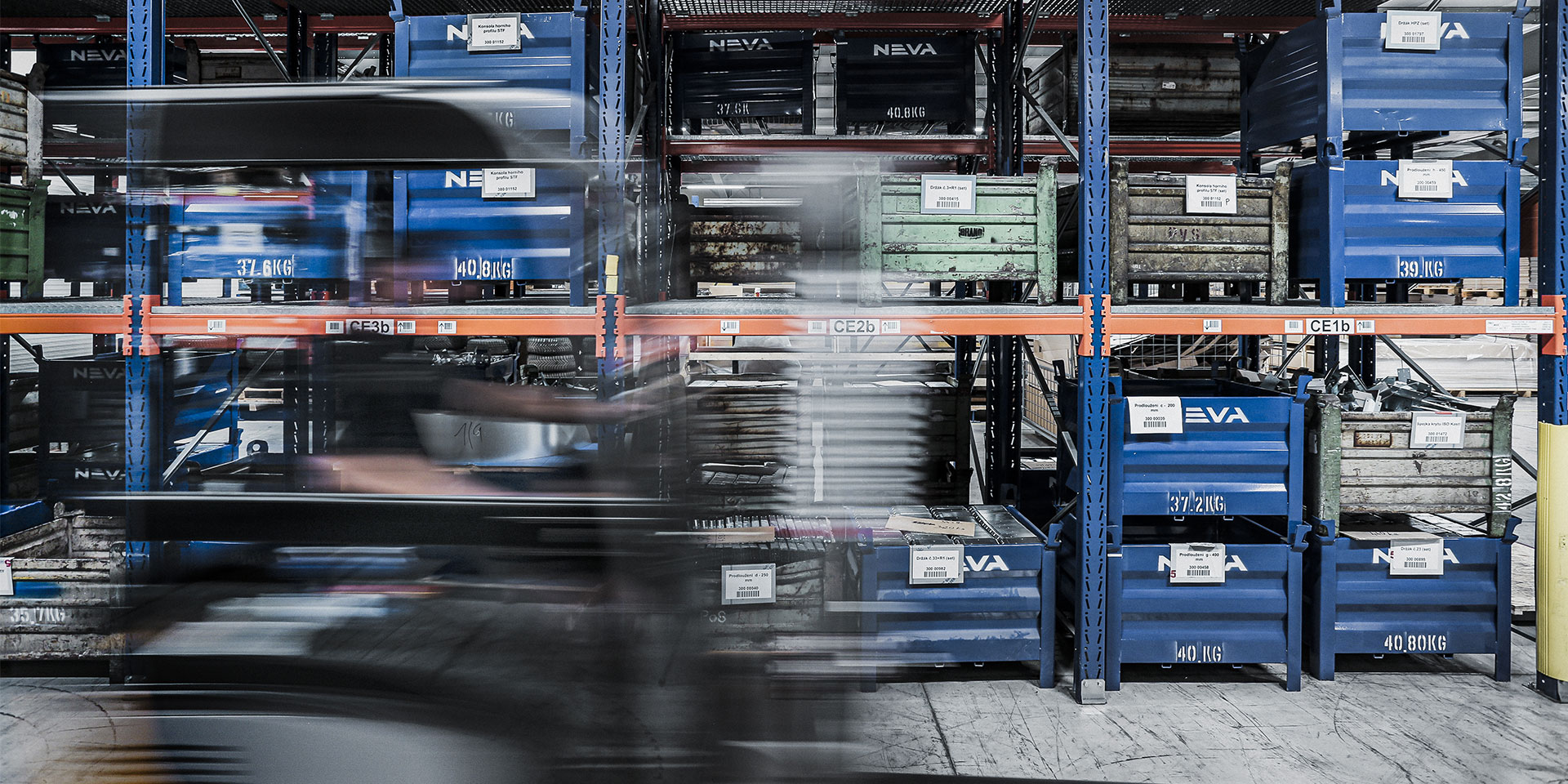
The shortage of material on the market has several causes. The most frequently cited one is disrupted transport and logistics — both because of the precautionary border closurefollowing the pandemic outbreak and because of the blockage of the Suez Canal by the Ever Given ship in March. Nearly 12% of the world’s trade passes through the Suez Canal, so the six-day disruption had massive consequences.
The switch of employees to home office and children to distance learning drove up demand for electronics, millions more computers were sold, and the steady supply of semiconductor chips was no longer sufficient to meet the increased demand. A new chip factory in Arizona should resolve the situation, but it will not start production until 2024.
Among other things, the global pandemic sent many people home from production halls and reduced or completely stopped some operations that were responsible for the distribution or initial processing of raw materials or chips, for example.
“We have been experiencing a shortage of commodities on the market almost continuously since the beginning of 2021. At first, it was screen fabrics and aluminium, later on, they were joined by electric motors and chips, and currently it is PVC,” says Jiří Umlauf, Head of Sales at NEVA.
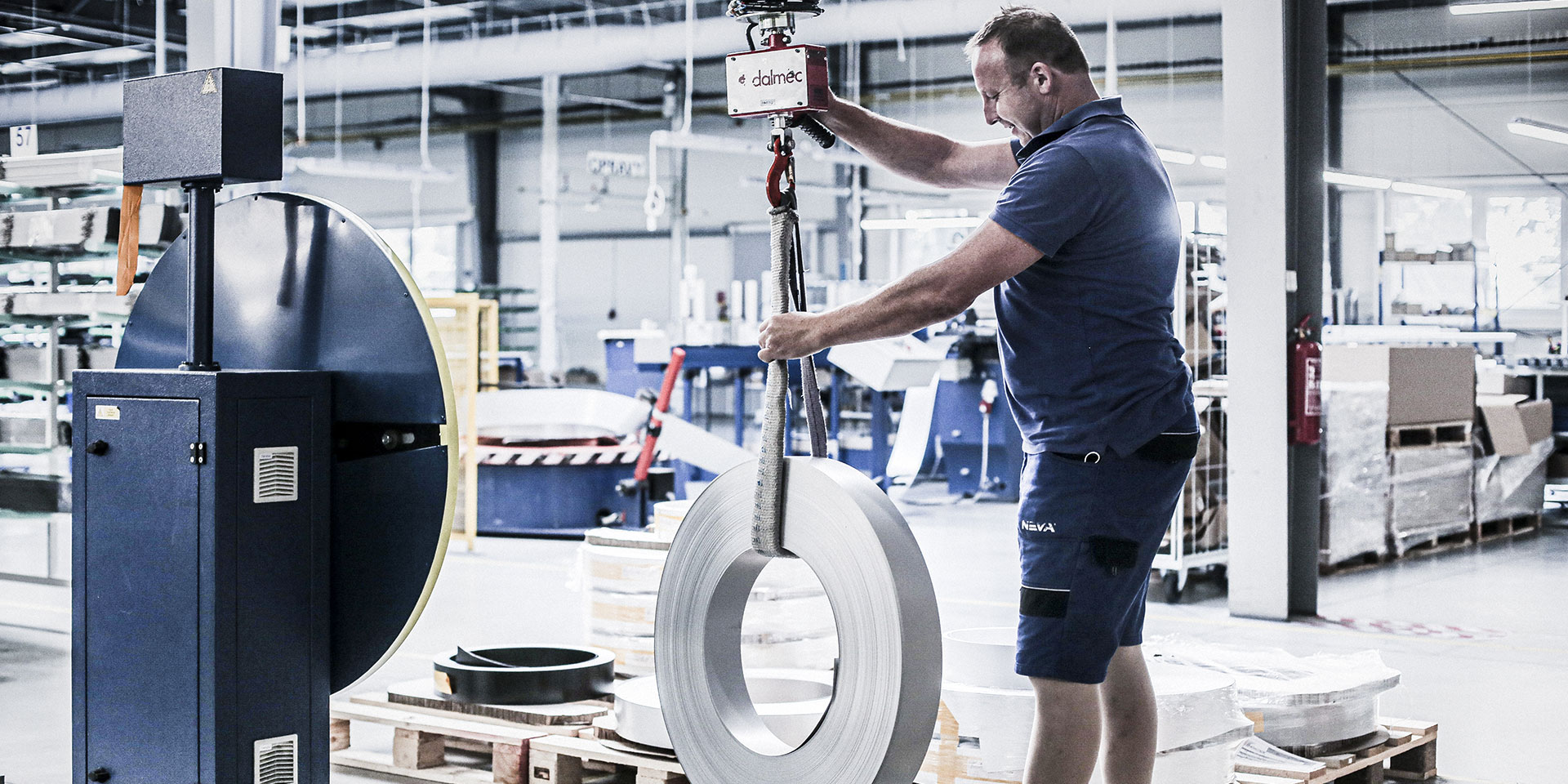
We wait months for aluminium
The issues with aluminium started back in 2020 when the European Commission imposed a 45%, later 35% tariff on imports from some markets. European producers’ stocks were rapidly disappearing, and delivery times began to lengthen. This was accompanied by a sharp increase in prices of aluminium in Europe.
Both aluminium profiles and louvres in coils are delivered to NEVA. We import aluminium coils for the production of our louvres from Switzerland — their strength, durability and surface texture have proven themselves to us in the long term. We receive aluminium coils from our suppliers on time, and we can handle orders for standard louvre colours within 10 working days.
Aluminium profiles, on the other hand, are imported to Europe in containers by ship and this is currently very slow. In addition, there is high demand for aluminium, which means that we wait for weeks, sometimes even months.
Electrical components with no delivery date
Without motors and controls, outdoor blinds cannot reach the customer. And it is the electronics that are the worst off at the moment. In many cases, the supplier does not even give a delivery date, and orders pile up.
We have issues with blind motors. Firstly, because of the shortage of chips and also because of increased demand and the loss of manpower in production halls. The supply of standard GJ5606 motors from Geiger was not compromised during the year due to the fact that we had a general order in place.
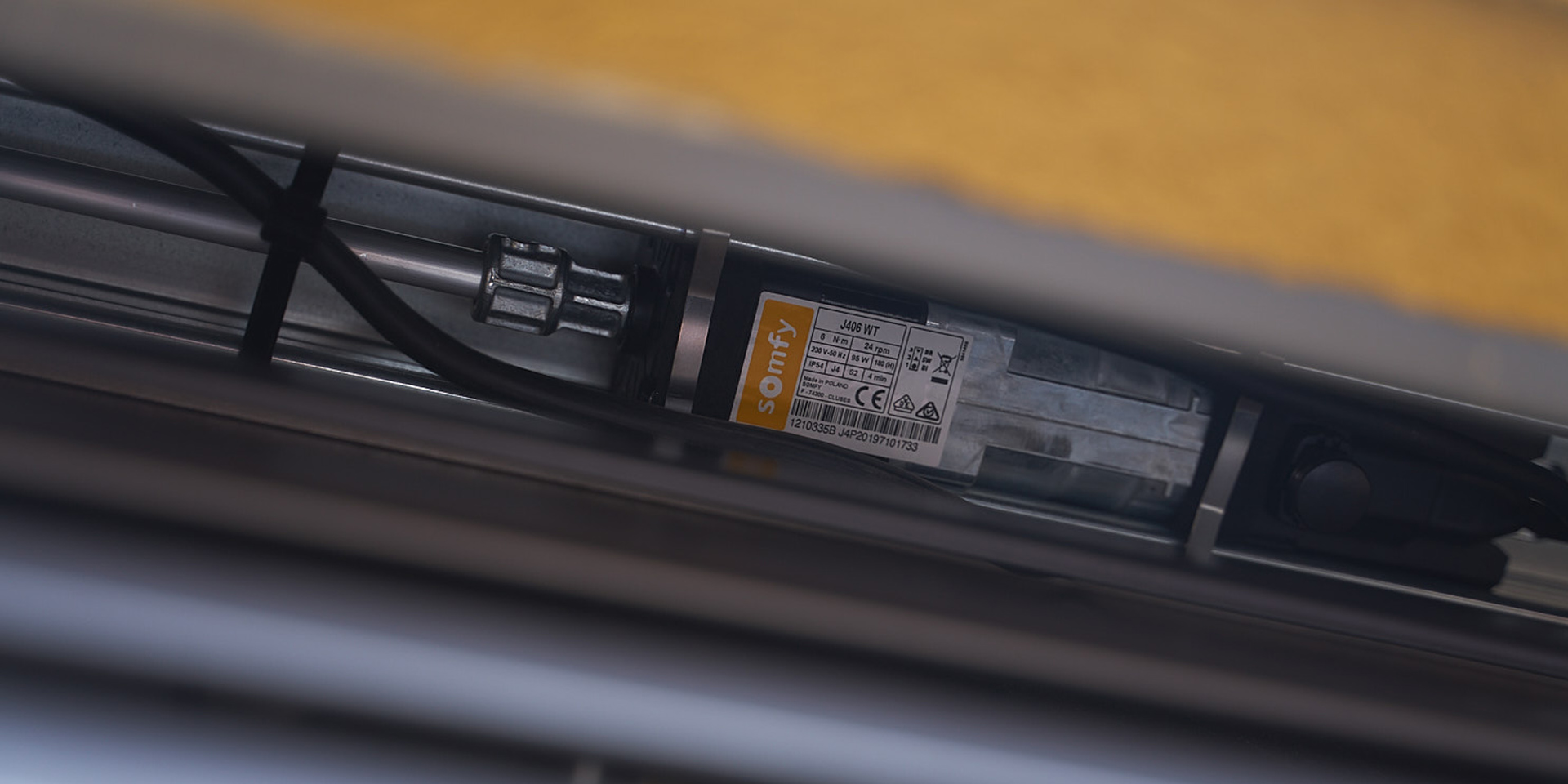
Deliveries of blind motors are delayed by weeks, sometimes months.
“We are currently experiencing the biggest issues with Somfy’s standard J406 WT motors. In 2020, the normal delivery time was 3 days, currently it is around 14 days, and only partial order quantities are delivered,” Head of the Purchasing Department, Veronika Ježková, describes the situation.
“For the JA Comfort and JA Comfort 868 motors from Elero, the delivery time is around 10 weeks instead of 4 weeks. We are continuously urging everything and checking how the whole production of the motors is developing,” adds Veronika Ježková.
We wait up to several months for some controllers instead of the standard delivery time of 3 days. If a bigger quantity arrives, we immediately inform our sales staff and they pass on the good news to our customers.
“Despite the complications, we are currently able to complete all orders within 10 days of them being placed. If there is a shortage or otherwise problematic material, the customer is always given precise information about the delivery date, and we then meet it. The customer and the speed of our production are our top priority,” says Jiří Umlauf.
Fabrics and PVC
We added outdoor fabric roller blinds to our product range at the beginning of 2021. We manufacture them from polyester and glass fibre. We felt the shortage of both types of fabrics most keenly right from the start, and although supplies are still not running at an ideal pace, our production of screen roller blinds is, fortunately, not threatened.
In addition to the pandemic, the shortage of PVC was caused by the severe cold weather in Texas, which stopped about 60% of its plastics production in early 2021. As the U.S. is the biggest supplier of plastic for Europe, this shortfall is still being felt. “Thanks to the good work of our purchasing department we have managed the situation so far without endangering our customers,” says the Head of the Sales Department.
The paint shop is keeping up
The components are powder-coated in our own paint shop. The use of powder paints is more environmentally friendly than other methods, and through hand painting we ensure 100% coverage of all the folds. The paint is also more resistant to peeling or scratching.
“Paints are facing a similar situation as aluminium, and during the year, there were several times when the standard shades were in danger of disappearing, but we always managed to cover them or replace them with suitable alternatives,” says Head of the Paint Shop. “However, if the current PVC outage worsens, it may also pose a problem for powder paints in the future.”
All of us at NEVA are doing our best to manage the situation so as not to endanger our customers and to ship their orders on time. Thank you for the trust you place into us.

